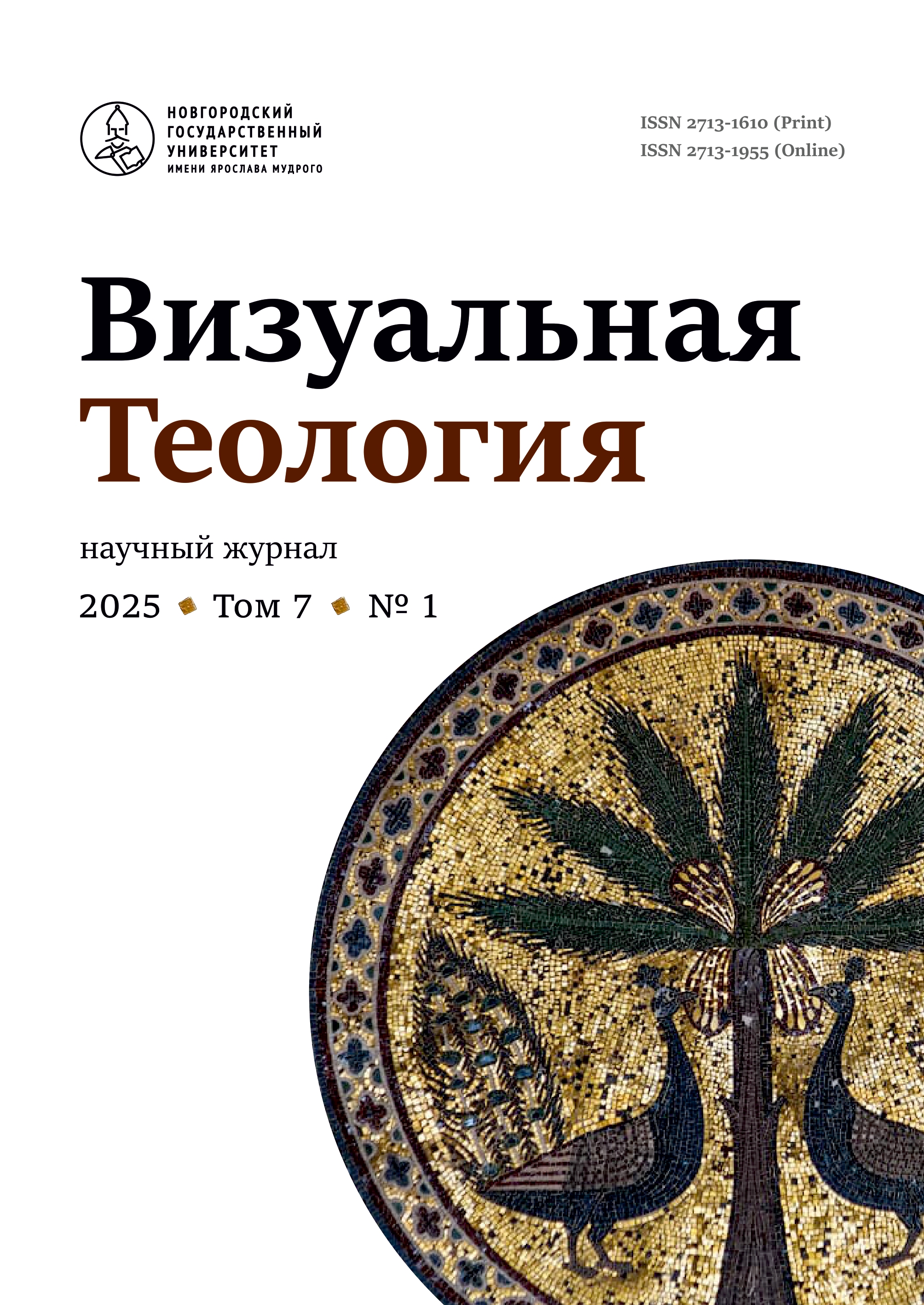The sanctification of the polis by performative Epiphany celebrations in contemporary Slovakia (The Magi Cortege and the Caroller’s “Walking with the Star”)
Аннотация
Статья посвящена семиотической интерпретации визуальных форм празднования Богоявления в современной Словакии. В первой части исследования автор анализирует городскую традицию празднования Богоявления в форме Шествия Трёх Царей. Праздник возник в Милане как реакция на утрату городом реликвий Волхвов из-за их переноса в Кёльн. Далее исследование концентрируется на возрождении праздника в Центральной Европе, обращая внимание прежде всего на его визуальную структуру. Положение Царей, сидящих на лошадях или верблюдах, буквально меняет точку зрения присутствующих: чтобы увидеть Царей, они должны поднять головы. Кроме того, маленькие носители звёзд, репрезентирующих искры «кометы», ведущей в Вифлеем, увлекают взгляды зрителей вверх с помощью длинных шестов, на которых они несут свои звёзды. Это возвышение взгляда над общим оптическим горизонтом является физическим аналогом движения человеческой души, которое даёт ей возможность заново пережить хорошо известное событие. Вторая часть исследования посвящена «Хождению со звездой» колядующих и раскрывает древнее происхождение этого обычая. Учитывая «царские» мотивы, которые содержит обычай (колядующие сообщают о Царях вместо Волхвов), автор приходит к выводу, что нынешняя вербальная и перформативная форма обряда могла быть зафиксирована только после того, как культ Трёх Царей был установлен в Кёльне путём коронации мощей Волхвов в 1200 году. Текстовая аналогия колядок с Книгой гимнов 1430 года закрывает верхний интервал датировки, из чего мы заключаем, что инвариант колядок, сохранившийся по всей Словакии, стабилизировался в XIII–XIV веках. Тем не менее, Цари сохраняют качества Волхвов, поскольку их исполнители используют сакраментальные вещества ладана и мирры, а также мел, которым они отмечают дверь с формулой благословения наступающего солнечного года и очередного года с момента Рождества Христова.



